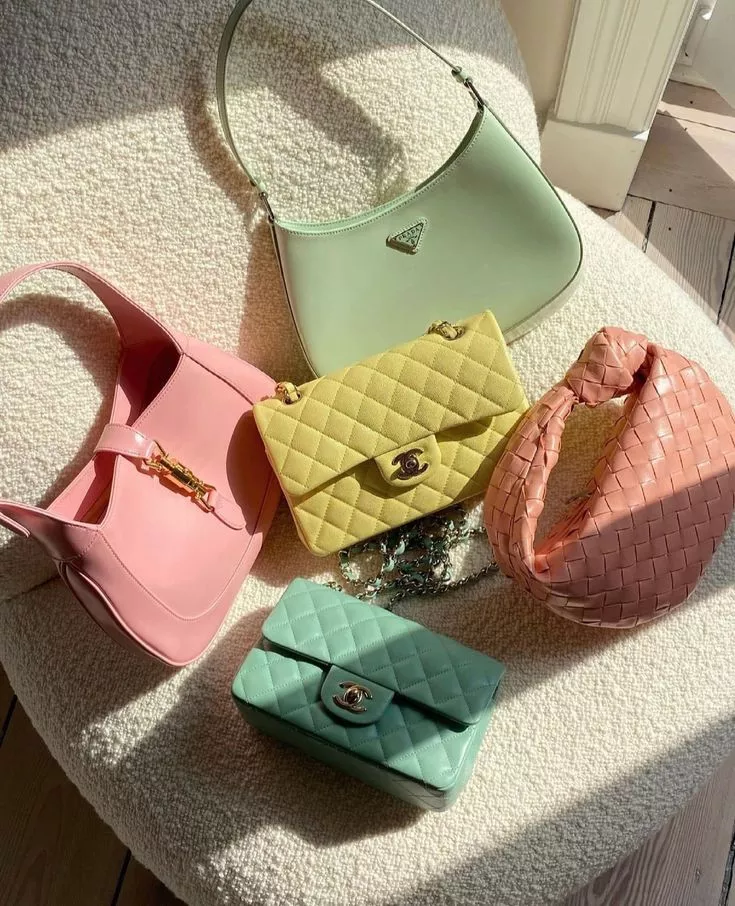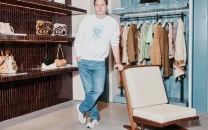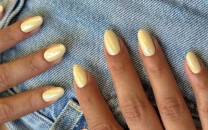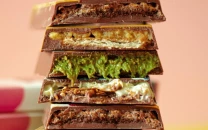Not sure if that dream designer bag is the real deal?
The internet has made it incredibly easy to shop for designer goods, but it’s also opened the door to counterfeits. These days, it can be tough to tell if the luxury bag in your cart is the real deal or a knockoff. And when that coveted purse is just a click away, it’s important to know how to spot the difference between an authentic luxury item and a clever dupe. Before spending your hard-earned money, here’s what to look for to ensure you’re buying a genuine designer bag.
Why You Should Steer Clear of Fake Handbags
When you see a luxury bag at a fraction of the usual price, it might feel like a dream come true—but it’s likely too good to be true. Counterfeit bags, while tempting, come with a host of issues, from poor construction to the use of harmful materials. These replicas may look good online, but often fall apart quickly or don’t resemble the advertised image. Even more concerning are the ethical problems surrounding fake bags, as they can contribute to illegal operations, forced labor, and human trafficking.
In fact, handbags and wallets make up nearly 28% of counterfeit goods seized by customs, with the majority coming from small e-commerce businesses abroad. Ultimately, it’s best to avoid the fakes and invest in the real deal—or at least do your research before buying.
1. Be Cautious With Trendy Bags
The most popular bags are often the most replicated. High-demand styles from brands like Hermès, Chanel, and Louis Vuitton are prime targets for counterfeiters due to their exclusivity and hefty price tags. Social media also plays a role—if it’s trending, chances are there’s a knockoff being produced somewhere. Anytime a bag gains massive popularity online, expect a wave of fakes to follow.
2. Shop From Reputable Retailers
Reputation matters. If you find a luxury bag on an unfamiliar website, take a moment to research the brand and check customer reviews. Look for companies that offer an “authenticity guarantee” and ensure they have a solid return policy. Comparing the bag you’re eyeing to other listings is another great way to spot inconsistencies. If in doubt, there are services that specialize in authenticating designer bags.
3. Use an Authenticity Checklist
To ensure the bag you’re looking at is real, create a checklist of key details. You’ll want to examine the quality of the material, hardware, logos, and serial numbers. Look for things like the finish on zippers, engraved logos, date codes, and stitching. Make sure everything aligns with what the designer's website or store lists for that particular bag.
4. Trust Your Senses
When possible, buy your bag in person to inspect it up close. Use your senses—touch the material, look closely at the stitching, and smell the leather. Authentic bags should feel substantial and high-quality. Do your research on the model and brand beforehand to know what to expect. Pay particular attention to the hardware; it’s often the easiest way to tell if a bag is authentic.
5. Look for Consistency in Style
Styles evolve over time, but product specs should remain consistent. Compare the bag in question to other bags from the same collection or year. Make sure the details—such as date codes, zippers, and logos—match up with the designer’s official products.
6. Check the Typography
One of the easiest ways to spot a fake is by examining the typography. Pay attention to the fonts used for logos and labels, including the 'made in' stamp. Look at the shape of the letters and whether they’re properly aligned. Brands like Louis Vuitton, for example, are very particular about their typography, so any discrepancies are a clear sign of a fake.
7. Know Common Red Flags
Each designer has unique details that counterfeiters often overlook. For example, Celine bags should never feature the number ‘5’ on the zipper sliders, while Dior bags with screws should never have Phillips head screws. Keep an eye out for grammatical errors on tags or labels, as they’re a surefire way to identify a fake.
The Final Takeaway
If you’re debating whether or not to splurge on a designer bag, remember that quality always trumps quantity. Instead of risking a counterfeit, consider investing in a local artisan-designed bag or a vintage find from a thrift shop. Fakes are often made with low-quality materials and won’t hold up in the long run. Above all, remember that you don’t need a label to make a statement. Choose a piece that reflects your style and will last for years to come.









COMMENTS
Comments are moderated and generally will be posted if they are on-topic and not abusive.
For more information, please see our Comments FAQ